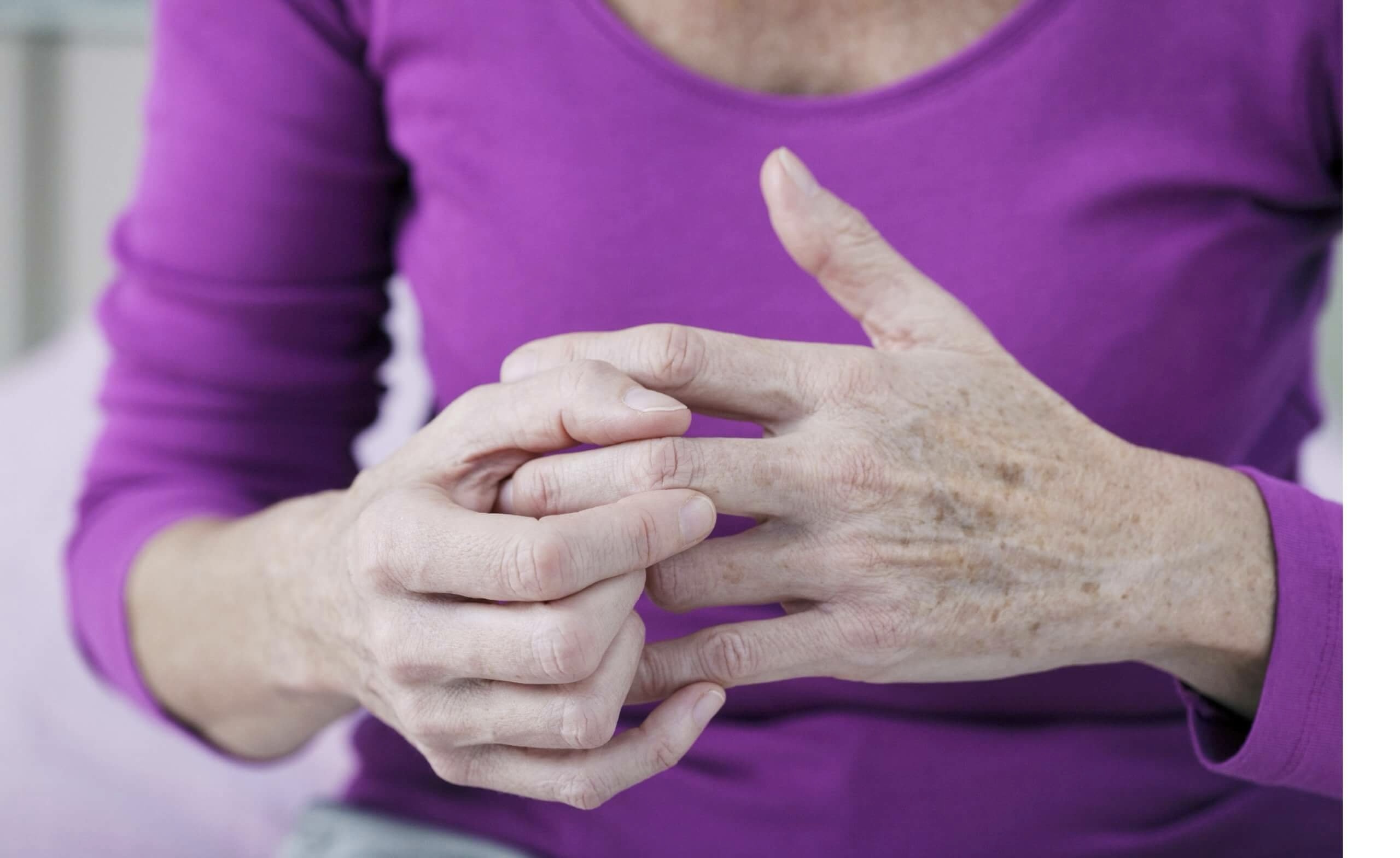Experiment On the ORAC Scale— You Have Nothing to Lose and Everything to Gain!
Are you aware of the ORAC Scale? This is an acronym that stands for Oxygen Radical Absorbance Capacity. It’s a lab test that measures the antioxidant capacity of foods and other substances. The test measures how well a sample protects molecules from oxidation, and the higher the ORAC value, the greater the antioxidant activity.

The ORAC scale was developed by USDA researchers at Tufts University to help the public understand the antioxidant capacity of different foods.
And why would you want to know about the antioxidant capacity of different foods? Simply put, knowing the ORAC scores of common foods is a BIG help when you are making grocery lists, choosing snacks, or planning meals.

I’ve talked a lot about how antioxidants help the body fight off harmful free radicals, which are linked to diabetes, heart disease, cancers, and auto-immune diseases (arthritis, fibromyalgia, etc.). Thus, it just makes good sense to load the diet with as much high-antioxidant foods as possible.
Since it’s fresh produce season, let’s look at fruit—always a good choice in the snack department. Here’s a standard chart that shows which fruits have the most antioxidants per serving:

I’ve had a lot of experience with this chart. When I first started studying about cellular oxidation and free radicals, I was struggling with arthritis in my right hand. As I learned more about the power of antioxidants, I started paying closer attention to the ORAC Scale and my food choices (hoping that focusing on foods with high ORAC scores might help my arthritis).
Sure enough, after about 2 months of taking a daily does of tart cherry juice concentrate, snacking on more berries, and including more ORAC-high veggies in our meals, my arthritis started to fade. I’ve kept this pattern up, and today I type away with no pain in my right hand.

I share this with you because I’m betting I’m not the only one out there that’s acquainted with arthritis. Isn’t it amazing how God’s foods are so good for the body? So if you’re dealing with this ailment, you might want to experiment on the ORAC scale—you have nothing to lose and everything to gain.
I’ll close with a yummy recipe that incorporates a few ORAC-high fruits. This comes from Laura, a professionally trained chef and creator of a lovely website, www.abeautifulplate.com. As Laura says, “Summer isn’t summer without a fruit crisp on your table once in a while.” And as I say, “Tart cherries and berries—what a delicious way to remove arthritis (and without the side affects of medicines!)!”
Tart Cherry Crisp With Berries

FRUIT FILLING
1 quart sour cherries de-stemmed and pitted
1 cup fresh blueberries
1 cup fresh blackberries
1/3 cup raw honey
2 tablespoons tapioca starch
1 teaspoon vanilla extract
1/4 teaspoon kosher salt
zest of 1 lemon
CRISP TOPPING
1/2 cup (50g) almond meal OR flour
1/2 cup (60g) all-purpose flour
1/4 cup (22g) old-fashioned rolled oats
2 tablespoons packed brown sugar
1/4 teaspoon ground cinnamon
2 pinches kosher salt
4 tablespoons (2 oz; 60 g) cold unsalted butter
Directions:
Preheat the oven to 375°F (190°C) with a rack in the center position. Lightly butter and set aside an oven-safe pie dish, roughly 9-inches in diameter.
Prepare Filling: Combine the pitted cherries, blueberries, and blackberries in a bowl. Add the honey, tapioca, vanilla, salt, and lemon zest and stir the mixture together gently until all the ingredients are evenly distributed. Place the fruit mixture in the pie dish and spread evenly into a thick layer.
Prepare Crisp Topping: In a separate bowl, whisk together the almond meal, all-purpose flour, rolled oats, cinnamon, and salt. Cut the butter into 1/2-inch cubes and using your fingers, distribute it into the dry ingredients. Use your fingers to press the mixture together until clumps and crumbs form.
Sprinkle and cover the fruit evenly with the crumb mixture. Bake for 30 to 40 minutes, or until top is golden brown and fruit is bubbling slightly. If needed, place the pie dish on a baking sheet to catch any drippings. Allow to cool for 10 to 15 minutes on a rack before serving. Best served warm with vanilla ice cream.
Leftover crisp can be covered and refrigerated and covered in the fridge for 3 to 4 days.
Prepare Filling: Combine the pitted cherries, blueberries, and blackberries in a bowl. Add the honey, tapioca, vanilla, salt, and lemon zest and stir the mixture together gently until all the ingredients are evenly distributed. Place the fruit mixture in the pie dish and spread evenly into a thick layer.
Prepare Crisp Topping: In a separate bowl, whisk together the almond meal, all-purpose flour, rolled oats, cinnamon, and salt. Cut the butter into 1/2-inch cubes and using your fingers, distribute it into the dry ingredients. Use your fingers to press the mixture together until clumps and crumbs form.
Sprinkle and cover the fruit evenly with the crumb mixture. Bake for 30 to 40 minutes, or until top is golden brown and fruit is bubbling slightly. If needed, place the pie dish on a baking sheet to catch any drippings. Allow to cool for 10 to 15 minutes on a rack before serving. Best served warm with vanilla ice cream.
Leftover crisp can be covered and refrigerated and covered in the fridge for 3 to 4 days.
Recipe formatted with the Cook'n Recipe Software from DVO Enterprises.
 Alice Osborne
Alice Osborne
Weekly Newsletter Contributor since 2006
Email the author! alice@dvo.com
Sources:
- www.mnlgroup.com
- www.amandanutrition.com
- www.mi-cherries.com
- www.positivechoice.com
- www.abeautifulplate.com
- www.allrecipes.com
